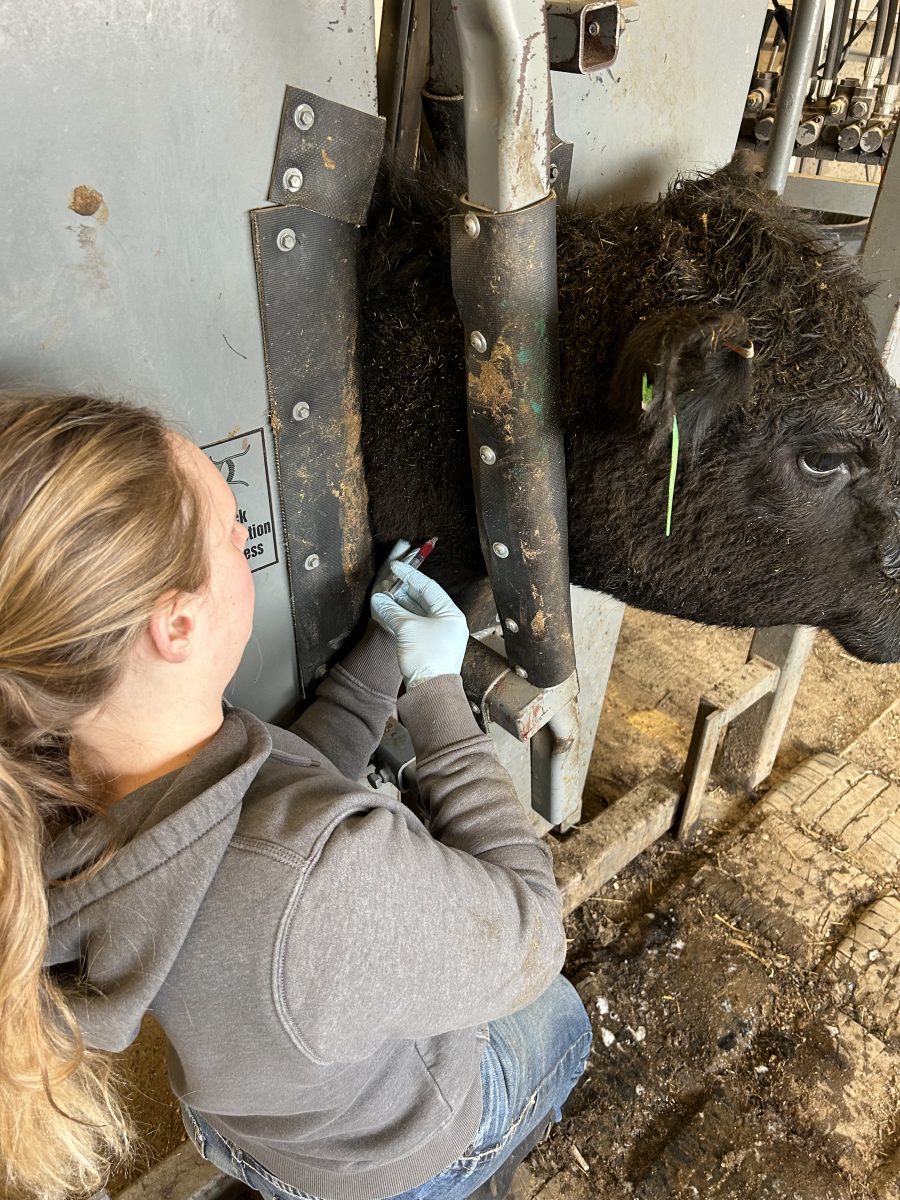SDSU joins national child research
October 27, 2009
Catey Watkins
Jackrabbits are in the national research spotlight.
SDSU is site to one of the seven Vanguard Centers in the National Children’s Study for health research in Brookings County, S.D., as well as Yellow Medicine, Pipestone and Lincoln counties in Minnesota.
The National Children’s Study began recruiting participants through SDSU in May.
Its main goal is to find what factors contribute to the development of childhood diseases such as asthma or diabetes and other conditions and decrease their prevalence.
The study, which is being conducted by the National Institute of Health, focuses on 105 sites throughout the country. These sites are located in rural, urban and suburban areas to provide an accurate sample.
The Children’s Study will follow 100,000 children and will observe the effects of environmental factors, including air, water, what they eat and how often they see a doctor.
Participants who sign up for this study are women between the ages of 18 and 49. Women may enroll if they are either pregnant or might possibly become pregnant.
Once the expected child is born, researchers follow the child from the very moment of birth to the time he or she is 21 years old. Researchers report that they will actually wake up at 3 a.m. to come to the hospital if that is when the child has decided it is time to make its worldly debut, turning the study into a very time-consuming job.
This summer, 70 part-time staff members were employed for recruiting-most of whom were students.
“I worked for the study as a summer job. I went to towns and went door to door looking for women who would be eligible to take part in the National Children’s Study,” said Lindsey Reid, a junior mathematics major. “I picked the National Children’s Study for a summer job because it was a good-paying job in Brookings that had very flexible hours.”
Part-time help is now down to just 20 employees since school has started, but the staff is still working hard to gain participants.
Bonny Specker, who heads the study, said the goal is to enroll 250 births each year for the next five years and to have 100,000 children throughout the nation. Those who participate are compensated monetarily and through gifts.
The study was awarded through a request for proposal where those wishing to conduct the study submitted applications. The research and planning for the study in this area began on Nov. 3, 2005, long before recruiting could even begin. Throughout the study, SDSU will be expected to collect and interpret data and then report it to the program’s main office.
Even though it is a time-consuming job, it is not without its awards, said Tianna Beare, the Ethel Austin Martin Program Manager.
“It’s nice to hear people say ‘we want to help, we want to find out what’s causing these diseases to rise,'” said Beare. “People feel a sense of pride knowing that they can help. South Dakota State is very lucky to have this study.”



















